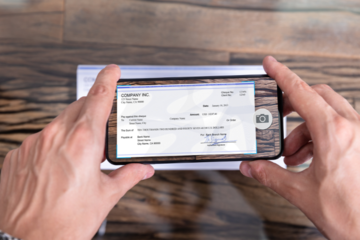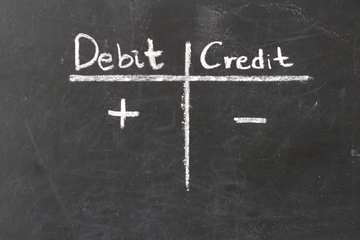Many loans are tied to an asset you own. That’s often ideal when you need money to purchase a specific asset such as a home or car. But what about when you need money for a variety of uses or for something intangible like your education? In that case, you may want to consider an unsecured loan.
What is an unsecured loan? Unlike secured loans, which rely on a specific asset as collateral, unsecured loans are not collateralized by your property. Instead, they rely on factors such as your credit score and income.
Unsecured loans can be helpful for a variety of things — from tuition expenses to consolidating debt — but they are not for everyone or all situations. Let’s explore more about how these loans work, what types of options you’ll find, and how to know when they’re right for you.
How Do Unsecured Loans Work?
An unsecured loan offers more asset protection and flexibility for borrowers. Many loans require collateral — property that’s pledged against the loan. If you fail to repay the loan according to the terms, your lender can seize the collateral to recoup its losses. Unsecured loans don’t require collateral, so your lender can’t seize a specific asset if you default.
These loans also often allow more leeway in how you use the funds. For example, unlike a mortgage, which is a secured loan that must be used to purchase a home, an unsecured loan may allow more freedom in how you’ll use money because it isn’t tied to any property. Different lenders will have different stipulations, but you can typically use unsecured loans for almost anything, including home renovations, debt consolidation, tuition expenses, and emergencies.
This freedom and asset protection come at a cost, though. Without collateral, your lender must protect its interests in other ways. As a result, unsecured loans typically place more strict financial requirements on borrowers. You may need a higher credit score, more reliable income, and more cash savings to secure the best rates for an unsecured loan. In some cases, lenders will allow you to apply with a co-signer. This person may have better credit or a more stable income, helping you meet the financial requirements.
Secured vs. Unsecured Loans
Secured loans are designed to finance specific purchases such as a home, car, or business property. Lenders use the asset you purchase as collateral, and they typically base the loan limit on the value of your property. For instance, to get a mortgage without any mortgage insurance, your loan usually cannot be any greater than 80% of your home’s value.
The collateral on a secured loan provides protection for your lender. If you default on your loan, it can take ownership of the collateral to minimize its losses. Because of this added layer of protection, lenders typically offer secured loans with lower interest rates and less qualifications.
An unsecured loan, on the other hand, is generally based on your creditworthiness. To protect against default, lenders must scrutinize unsecured borrowers more closely. Although they would examine your credit score, income reliability, and your other monthly debt payments for a secured loan, they will weigh these factors more heavily for an unsecured loan. They will also base your loan amount on your overall financial profile rather than on the value of a specific piece of property.
Types of Unsecured Loans
There are many different types of unsecured loans available. Here are a few of the most common.
Personal Loans
Personal loans are the most flexible type of unsecured loan. You can use these for a wide range of purposes, including medical bills, car repairs, wedding expenses, or other major purchases. They may be especially valuable for consolidating high-interest credit card debt into a lower rate and a single payment.
Student Loans
Student loans are a widely used type of unsecured loan. They come from public and private sources and often have especially low interest rates. Student loans also generally offer more lenient repayment terms than other forms of unsecured debt.
Credit Cards
Credit cards are the most popular unsecured loan option on the market today. According to data from Experian, the average American held just under four credit card accounts in 2020. Credit cards are helpful for all sorts of purchases large and small, and you can even use them for cash advances — treating them more like a personal loan. However, credit cards carry extremely high interest rates, and relying on them too much can damage your credit and make it difficult to manage your debts.
Who Are Unsecured Loans For?
As we’ve discussed, unsecured loans have a lot of advantages. However, they’re not right for every situation. How do you know when an unsecured loan is a good option? Here are a few things to consider:
How’s your credit score? Borrowers with higher credit scores tend to get the best rates and terms.
Do you have a reliable, steady income? Your lender will scrutinize your income more closely for an unsecured loan. Make sure you can demonstrate sufficient, predictable income each month.
Do you have a lot of high-interest debt? Carrying many different high-interest loans or credit cards can get expensive and increase your risk of missing payments. Consolidating those debts with an unsecured loan can make them more manageable without risking your home or another asset as collateral.
Are you planning on a major purchase (or were you hit with a big, unexpected expense)? You can use unsecured loans for a wide variety of expenses, so it may be worth considering if you’re planning for something big or faced with the unexpected.
Integra offers personal loans for bad credit. It’s easy to apply online. Learn more and get started today.



